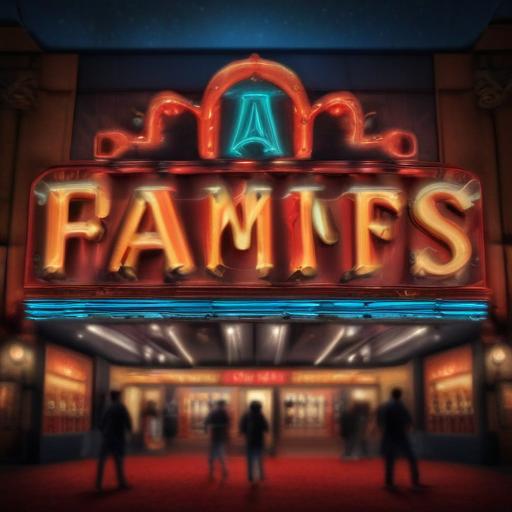Snoop Dogg Says He’s Scared to Go to the Movies Because of LGBTQ Representation in Kids’ Films
Rapper Snoop Dogg has voiced discomfort with what he perceives as rising LGBTQ+ representation in children’s cinema, saying on a recent episode of the It’s Giving podcast that he now feels “scared to go to the movies” with his grandson after an experience watching Pixar’s Lightyear (2022).
During the interview, Snoop said, “What you see is what you see, and they’re putting it everywhere.” He recalled being taken aback when a film character was shown to have two mothers, recounting his grandson’s questions: “How she have a baby with a woman? She’s a woman!” He described his reaction as unsettled, adding, “I didn’t come in for this sh–. I just came to watch the goddamn movie.” The boy’s continued questions—“They just said, she and she had a baby, they’re both women. How does she have a baby?”—left him feeling surprised and uncertain about how to respond, he said.
The Lightyear moment in question centers on an LGBTQ+ storyline involving a same-sex relationship between Alisha Hawthorne, Buzz Lightyear’s best friend and commanding officer, and her wife, Kiko Hawthorne. In a brief montage, Alisha and Kiko are shown sharing a kiss, getting married, starting a family, and raising a child. The sequence marked a notable step for Pixar and Disney in terms of LGBTQ+ representation in animated films, albeit presented in a concise, early-part of the film.
Snoop’s reflections have added to the broader debate about representation in children’s media. Supporters of inclusive storytelling argue that seeing diverse families on screen helps normalize real-world experiences and fosters understanding from a young age. Critics, like Snoop, worry about how such content might affect conversations with children and whether it’s appropriate for certain age groups.
Context and takeaways
– Lightyear’s depiction of a same-sex relationship represents a growing trend of inclusion in mainstream animation, a development that has sparked discussion among audiences, families, and commentators about how and when to introduce diverse family structures.
– For many families, parental guidance and conversations about media content remain important. Previewing films and preparing age-appropriate discussions can help children process new themes as they arise.
A constructive note
The ongoing dialogue around representation reflects broader societal shifts toward inclusivity in media. While individual reactions will vary, many viewers see these milestones as progress toward more accurate reflections of the world children inhabit. As studios continue to explore diverse storytelling, families can engage in open, age-appropriate conversations to help children understand different relationships and families.
Summary
Snoop Dogg’s comments highlight a public discussion about LGBTQ+ representation in children’s films, sparked in part by Pixar’s Lightyear, which features a same-sex couple and a brief montage of their family life. The episode underscores the broader conversation about how, when, and why to present diverse families in kids’ entertainment, and it points to a trend toward more inclusive storytelling in mainstream animation.
Optional value add
For readers navigating this topic with kids, consider a short pre-film talk about diversity and representation, followed by a simple explanation of how families come in many forms. This can help children ask questions in a supportive environment and allow parents to share their values in real time.
